
In the River OSHINO --Vol.56--
Shower of Rise
After I nearly succeeded in hooking up Taro, the monster brown trout in Oshino, I went there almost every week. Through my eager chase of Taro I knew a lot about the river. There was no sign of fish during the day but they appeared from somewhere in the evening. As I watched more closely, I found fish moving through the river more often. One or two fish swam quietly in front of me and half an hour later rise started here and there. It looked as if they had headed for the pool from their hiding places for supper.Rise started from dusk. The later the sunset hour became, the later rise started. Rise time was linked with sedges’ movement in most, if not all, cases. I waited quietly until sedges started flying over the surface of the river. Soon they ran around the surface. Rise started at the same timing
I always waited for rise. It started with big sound like a large stone suddenly plunged into the quiet river. I was very excited to hear that. It was completely different from small rises in ordinary mountain streams.
My excitement began with meeting Taro. But he never appeared again. Late in the evening it remained quiet around the rose stock. I waited for several weeks in vain and decided to move to other pools.

I always practiced a casting in advance when I planned to cast the line under the branches in the evening. I needed a lot of experience before I could freely move from one spot to another at dusk.
Under the Branches
My first target spot was around the Oshino Spa. Rises were always seen here and there. But my technique in those days allowed me to cast the fly only from the very limited spots. Even in the daytime, stretched branches were obstacle to settle the fly on the surface. What could I do at dusk?I knew that standing in the water would have solved the problem but I believed that walking into the river without casting was the last thing fly fishermen did. I cast from the bank at any cost although I once lost the fly and could do nothing when I heard big sound of evening rise.
There were a few spots from where I could cast the fly safely. One was the pool of the fallen tree, where I caught my first rainbow trout. Another was the curve under the channel. Either spot had no obstacle of branches. I could cast the fly safely by bending down near the water to make roll-casting or by extending the line only on the surface. It was dark even in the daytime under the branches. Rise started earliest here in the evening.
In the middle of June I headed for the curve under the channel at dusk. It got already fairly dark here, while it was too light for rise near the Self-Defense Forces Bridge. Just after I arrived there, rise started. I put size 12 White Miller to the line and cast it as usual. At the 5th casting the fly sunk with large sound. Then a rainbow trout of 25cm, jumping in the small pool, was pulled up to the surface. Soon another rainbow trout of the similar size attacked my fly a bit downstream.

A fat brown trout even in early spring. Its red spot is beautiful. The smaller fish is a yamame trout.
Dancing Wildly
Then rises became noisier. Sedges bumped into my hands or rod, too. I was full of happy expectations. There were countless rises as if a lot of white flowers had been in blossom on the surface.Hearing the sound of rise very near to me, I hurried to hook off my second fish. The next moment I cast the fly again. I'm going to get the third one quite soon! How many catches today?
Soon, however, I noticed something was wrong. So many rises still happened but none of fish came to the fly. I checked my fly twice, holding it up to the dim light of the sky. There was nothing wrong about the fly. Then I wondered whether the fly was drifting properly because I was so crazy about catching. I moved a little downstream and cast the fly farther upstream than before so that the fly might become drifting more naturally. I could hardly see the fly at dusk now. But rises happened very near to me, some were within rod length. Unfortunately the fish did not come to the fly any more. Then noisy rises utterly stopped.
What mysterious and strange fishing! First 2 fish were caught so easily. Then rises became noisier and I expected easy catch after every casting. But for some reason fish did not bite my fly. Rise was proof of fish's eating the bait on the surface. My dry fly was drifting on the surface in front of them. Why don't they eat my fly? My repeated casting was completely ignored. Why?
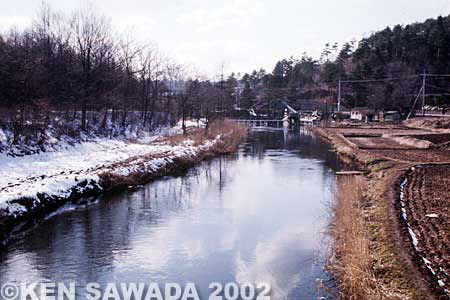
In March, 1976, on the new Self-Defense Forces Bridge facing downstream.
There was no shrub at the foot of the bridge any more.
There was no shrub at the foot of the bridge any more.
A 'Fancy' Fly
About a month later I dropped in at Oshino after fishing yamame trout in the South Japan Alps. It was my usual fishing course.As the rainy season had been already over, earlier than usual, it was very hot in the daytime. Now it was evening and cool. I headed farther upstream than usual.
Farther upstream from the Self-Defense Forces Bridge, a tributary called the Yohei Stream flowed into the right bank of the river. There was a deep pool at a little down the junction. The right bank had a high embankment and keyaki trees grew thickly downstream. It looked impossible to swing the rod among those trees. Fortunately there was a suspending bridge downstream. I thought I would be able to cast the fly among reeds at the left bank.
It was my first challenge to fish that pool in the evening. Since I saw fish moving on the bottom, I had long desired to fish there some day but I had been too busy to chase Taro or other fish around the Oshino Spa. Poor fishing condition of my usual spots drove me upstream now.
Probably no angler had fished there. I pushed the thick reeds aside to walk and finally stood at the waterfront. It was late evening and very quiet all around. For a short time, especially half an hour just before evening rise Oshino was surrounded by silence. Ordinary mountain streams were surrounded by the same silence but here silence was more noticeable because there was no stream sound.
I am always tense as I wait half an hour for evening rise to start. As any sign of living creature completely disappears from the river, I often worry that I chose a wrong pool with no fish.
Waiting nervously, I was wondering which fly to choose. I had once thought I knew a little about fly fishing but lost confidence since my experience in Oshino Spa, or to be precise, since the first fishing in Oshino. In ordinary mountain streams all I had to do at evening rise was just to cast White Miller or Royal Coachman there. The fish almost always attacked my fly. In Oshino the rise condition looked much better but somehow no fish came to my fly. Something was different from ordinary mountain streams but what?
In my fly box there were White Miller and other dry flies as usual. But the previous experience urged me to try a new one. I looked at one in the corner I had never used. It was a large dry fly in the export fly set I had often used in my early days.
I thought it to be a dry fly for another some years. Its wings were slightly standing and too long hackles were tied a lot, as is usual with dry fly. I believed so simply because it was in a box labelled dry fly set, too. But it was a fly tied improperly or actually a well-buoyant wet fly. It had no name labelled but a fancy fly. Later I noticed that it was extremely like Mountain Swallow, a pattern in South Africa. But in those days I knew nothing about such a bright fly tied only in blue and orange. I had no idea that putting that fly to the line was a turning point in my fly fishing, either.
-- To be continued --
- NET SHOP INFORMATION
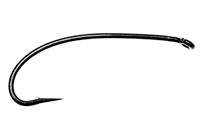
SL6 Black Spey Hooks
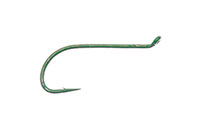
DU3 Limerick Spinner Hooks
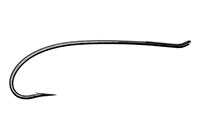
SL4 Single Bartleet Hooks
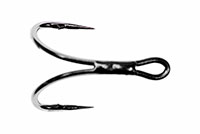
XD1 Tube Fly Double Hooks
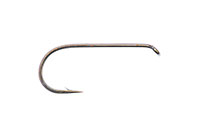
DD2 Flat Perfect Hooks
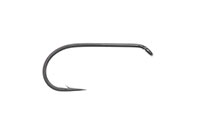
DD1 Black Terrestrial Hooks
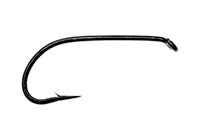
TD4 Old Limerick Wet Hooks
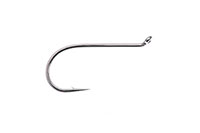
DU1 Silver May Hooks
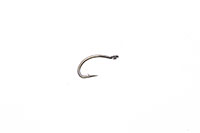
MU1 Flat Midge Hooks
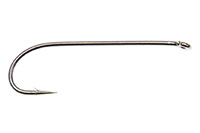
LD3 Long Limerick Hooks
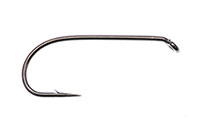
TD2 Summer Sproat Hooks
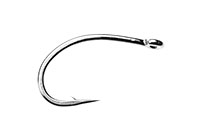
XS1 Tube Single Silver Hooks
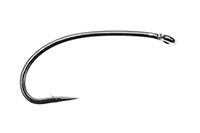
TD6 Siver Sedge Hooks

SL5 Black Spey Hooks

DU3 Limerick Spinner Hooks
- TROPHY CLUB
- FLY SHOW
- EXHIBITION
- MASTERS`
- FLY DRESSING CONTEST Archives
- TRAVELLER Archives
- TACKLE IMPRESSIONS Archives
- ANGLERS` PHOTO GALLERY Archives
- ----------------------------------------------
- トロフィークラブ
- フライショー
- エキシビション
- マスターズ
- フライドレッシング・コンテスト・アーカイヴ
- トラヴェラー・アーカイヴ
- タックル・インプレッション・アーカイヴ
- アングラーズ・フォトギャラリー・アーカイヴ
株式会社サワダ 185-0021 東京都国分寺市南町3-13-4
SAWADA'S INC. 3-13-4 Minamicho, Kokubunji, Tokyo 185-0021, Japan
写真・ドキュメントの無断転載を禁じます。
All the images and documents found on this site are owned by Ken Sawada and may not be used without permission.
But, link to this site is FREE.
Copyright © 2000 - 2024 SAWADA'S INC.. All rights reserved.
SAWADA'S INC. 3-13-4 Minamicho, Kokubunji, Tokyo 185-0021, Japan
写真・ドキュメントの無断転載を禁じます。
All the images and documents found on this site are owned by Ken Sawada and may not be used without permission.
But, link to this site is FREE.
Copyright © 2000 - 2024 SAWADA'S INC.. All rights reserved.
